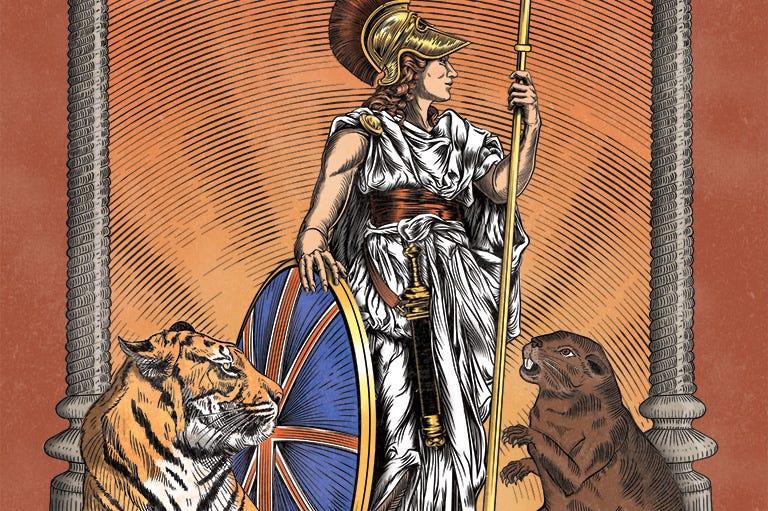The Merit of an Anglo-Canadian Union
Stepping stones
The recent footage of an incomprehensibly accented Brampton MP in the Canadian Parliament did the usual rounds on X. In the now all too familiar shrill, grating tones of the Subcontinent, he complain…


